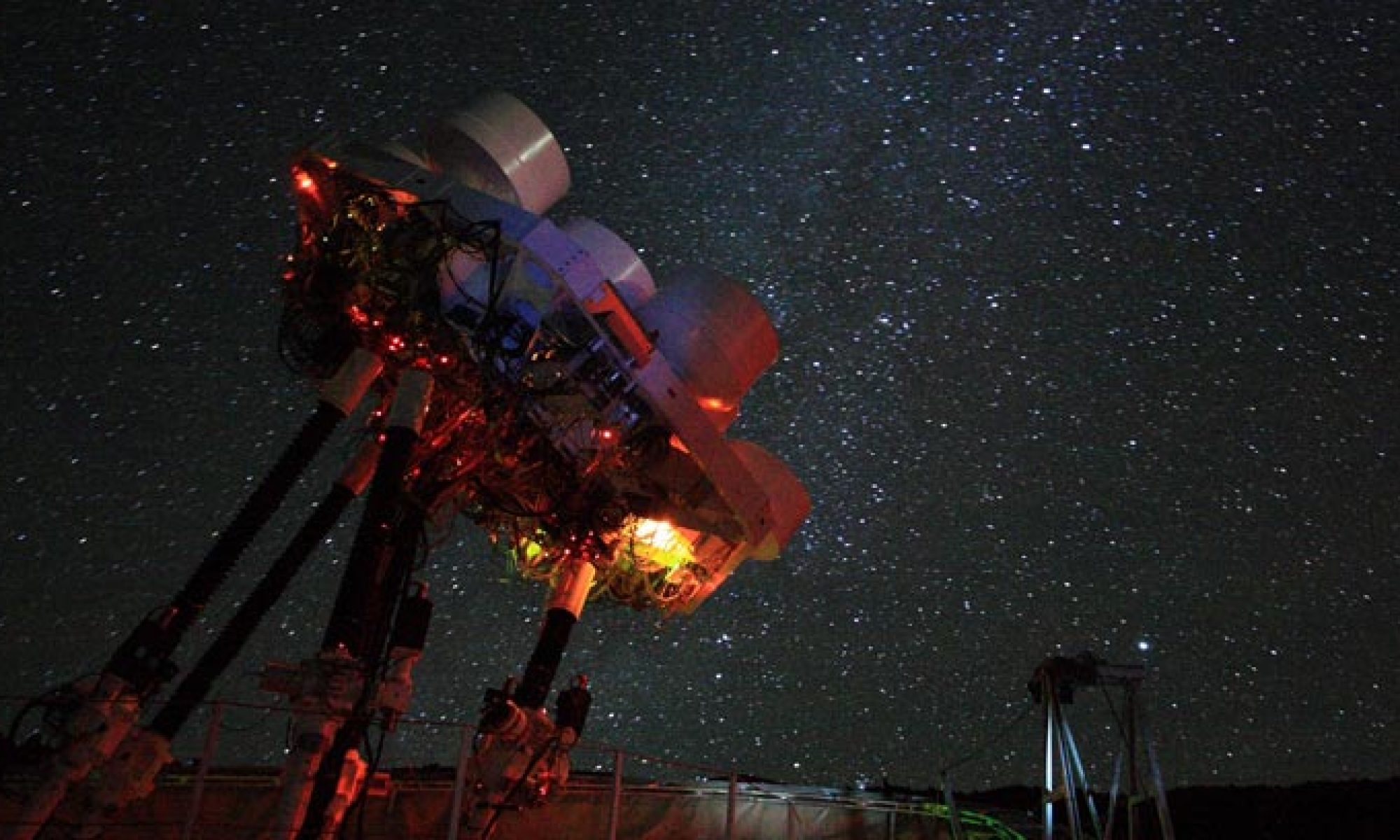We derive the Antenna Amplitude in this post:
Then we compare the Antenna Amplitude and SEFD to see whether they correlate with each other.


We found the anti-correlation between Antenna amplitude and SEFD, which is making sense that the higher Antenna response (i.e. higher Antenna amplitude) because of the lower SEFD.
Then we are wondering whether the bad performance (i.e. lower Antenna amplitude and/or higher SEFD) may due to the internal receiver. We check the 15 parameters in receiver information:
Tch – Cold head temp
Tma – LNA Main arm temp
Tsa – LNA Side arm temp
Vd1, Vd2, Vd3, Vd4 – drain voltage for 4 LNAs
Id1, Id2, Id3, Id4 – drain current for 4LNAs
Vg1, Vg2, Vg3, Vg4 – gate voltage for 4 LNAs
The resulting plots will present in the google word document:
https://docs.google.com/document/d/1cy81rhwcNAiVZ6L8SRDlIvL8ksLxICxlU8wvCY2b0IY/edit
In summary, we did not find any direct correlation between bad performance and 15 parameters in receiver information.
-Ming-yi




